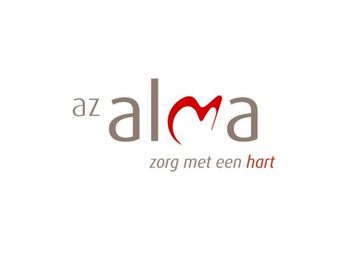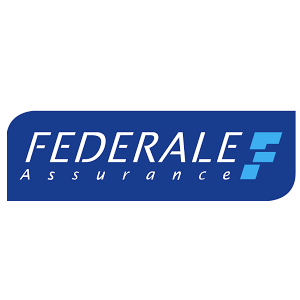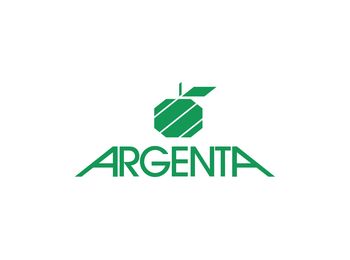Hospital Saves Time & Budget by assuring system-independent conservation of vital patient information
Who:
A private consolidated hospital with more than 500 beds on campuses in Sijsele and Eeklo.
Challenge:
To always be able to consult the patient information. IT systems have a limited lifespan
but the data contained within them will always have to be available.
Docbyte solution:
Application Retirement.
Results:
Information has to remain and applications change and die. No data and quality loss.
Full Story:
AZ Alma is a private consolidated hospital with more than 500 beds on campuses in Sijsele and Eeklo. As in every modern hospital, the necessary patient information (digital and otherwise) is expanding – information that is of vital importance for doctors and nurses.
There was a need at AZ Alma to always be able to consult the patient information. IT systems, however, have a limited lifespan but the data contained within them will always have to be
available. Indeed, a patient is granted a longer life span than an IT system. A solution was pressing. But it had to be a future-oriented solution.

Proposed Solution
Docbyte proposed Application Retirement as a solution for AZ Alma. This solution separates
obsolete applications and the information stored within them to keep that information available longer than the application itself. In this way, vital data can remain usably archived. And this concerns both the core and auxiliary systems and the shadow IT or, in other words, the many individually constructed Excel, Word, Access, and other files. Ideally, all of this information is consolidated in one central location, clearly structured, and conveniently ordered.
Collecting all of the information in one location is a major challenge for a consolidated hospital. Information was situated in several sites, and it has to come together in one place. And that is what is being done at AZ Alma. A new central solution for patient records (EPR) is being implemented whereby two existing applications (electronic medical records, EMR’s) are being phased out. So a deliberate choice was made to transfer information from these existing applications to an Electronic Patient Archive (EPA). Of course, a transition phase is
provided between the two applications, and new patient records are immediately included
with existing data. Application Retirement can then begin. What was also important was the
deliberate choice not to take over data from the two existing applications in a structured manner.
This challenge was immediately anticipated in the integration of the new EPR and the EPA. Between the EPR and the EPA, the data will be systematically exchanged in a structured layout. In addition to securing the information and keeping all of it available in EPA, by choosing this approach. AZ Alma assures that all of the data remain available when the current EPR system is retired at some point in the future.
Happy Customer
Fritz Defloor, Director of ICT and Administration, AZ Alma: “If we consider the life cycle of a patient of about 90 years, and we see that IT applications and systems have to migrate every four to eight years, then, from a business standpoint, this constant migration would obviously cost an enormous amount of time and money. Not just to do it but also to remove inevitable errors and to cover the knowledge that disappears or, still worse, the price of data that become untraceable. A modern hospital must prepare itself as well as possible for the future both for the patients and for its own organization. Choosing Docbyte’s Electronic Patient Archive in combination with their Application Retirement solution is, for AZ Alma, a deliberate and future-oriented strategic decision. It made us focus on the need first to secure our data in an archive. If AZ Alma would later opt to implement another EPR system and to retire the present system, then all of the information in EPA is available, and the question of data migration no longer arises.”
Fundamental Answer
Application Retirement comes into its own when hospitals merge, of course, but not exclusively. It is also necessary to assure migration to standard software, to resolve compliance issues, to provide business continuity, to identify risks, and quantify risk management. But the fundamental answer is: information has to remain when applications change and die. Because endless conversions are obsolete and become counterproductive because of the data and quality loss, which, of course, involves increasing costs.
Interested in our application retirement solution? Then read our whitepaper on “Application Retirement: where is your information?” or contact one of our experts via chat.





